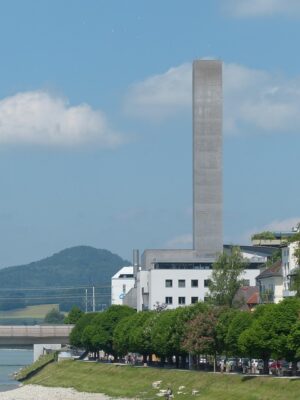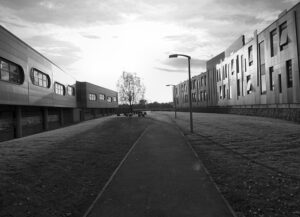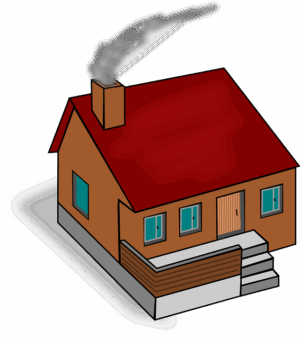Industrial unit heaters, including gas-fired and electric models, are essential for maintaining optimal temperatures in warehouses and manufacturing facilities through forced air heating. They enhance operational productivity with precise temperature control, durable construction, and versatile installations like suspended heaters. Advanced systems with high BTU ratings and customizable settings drive efficient air circulation, improving production speed and quality. Case studies highlight their effectiveness in diverse industrial settings, while future trends focus on sustainability and enhanced technologies for reduced costs and environmental impact.
In today’s competitive industrial landscape, efficient air circulation is paramount for optimized productivity. High velocity industrial unit heaters are emerging as game-changers, revolutionizing heating technologies. This article explores these innovative solutions, delving into their key features that significantly enhance air circulation efficiency. We examine their impact on various industrial processes, analyze successful implementations through case studies, and peek into future trends shaping the realm of industrial heating technology, spotlighting the ongoing evolution of industrial unit heaters.
- Understanding High Velocity Industrial Unit Heaters
- Key Features Enhancing Air Circulation Efficiency
- Impact on Industrial Processes and Productivity
- Case Studies: Successful Implementations
- Future Trends in Industrial Heating Technology
Understanding High Velocity Industrial Unit Heaters
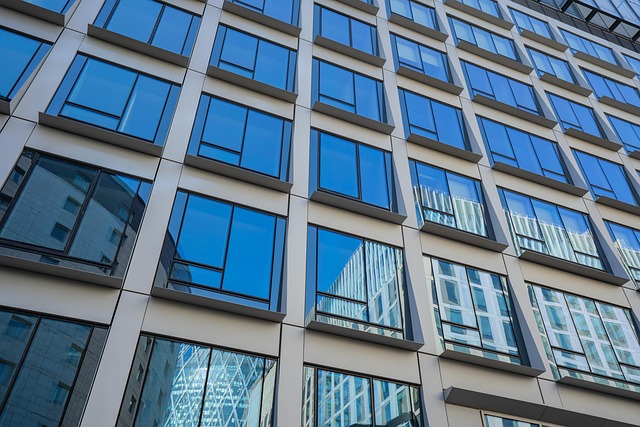
Industrial unit heaters are essential components in various heavy-duty constructions and industrial applications, including warehouse heating and manufacturing facilities. These high-performance systems are designed to deliver efficient heat transfer, ensuring optimal air circulation within large spaces. By utilizing powerful forced air heating mechanisms, they can quickly raise and maintain desired temperatures, making them indispensable for commercial heating needs.
Among the popular types are gas fired heaters and electric unit heaters, each boasting unique advantages. Suspended heaters, for instance, offer versatile installation options while maintaining exceptional BTU ratings, ensuring effective heat distribution throughout manufacturing facilities or vast warehouse spaces. This technology not only enhances operational efficiency but also contributes to energy conservation by enabling precise control over temperature settings in industrial environments.
Key Features Enhancing Air Circulation Efficiency

Industrial unit heaters play a pivotal role in enhancing air circulation efficiency within warehouses and manufacturing facilities. Key features contributing to this include advanced gas fired heaters that offer superior heating performance with high BTU ratings, ensuring rapid and uniform temperature control. The heavy duty construction of these units makes them suited for demanding industrial applications, capable of enduring harsh environments and continuous operation.
Additionally, suspended heaters and electric unit heaters further optimize air circulation through forced air heating systems. These systems actively push heated air throughout the space, eliminating cold spots and improving overall comfort and productivity. Whether it’s a warehouse or commercial heating needs in various industrial settings, these features collectively drive efficiency, ensuring optimal working conditions for employees while reducing energy consumption.
Impact on Industrial Processes and Productivity
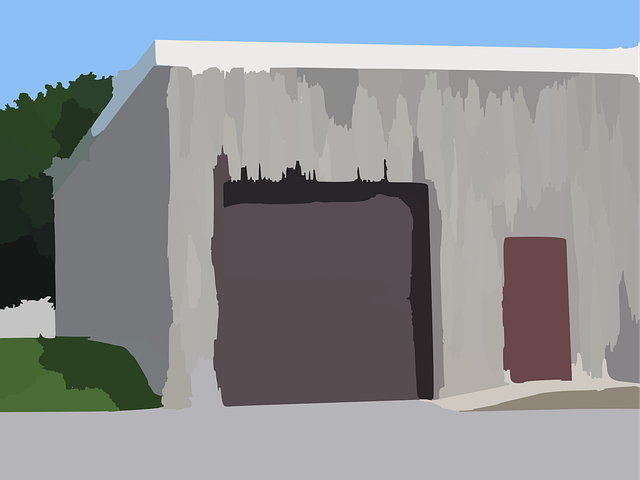
The implementation of high-velocity industrial unit heaters in manufacturing facilities and warehouses has significantly revolutionized commercial heating. These powerful tools, including gas fired heaters and electric unit heaters, are designed for heavy-duty construction and industrial applications, ensuring optimal air circulation efficiency. By utilizing suspended heaters with forced air heating mechanisms, processes that require precise temperature control can be enhanced, leading to increased productivity.
In industrial settings, efficient air circulation is not just a comfort factor; it directly impacts the speed and quality of production. High-velocity heaters, often equipped with advanced features like variable controls and adjustable BTU ratings, allow for precise adjustments to meet specific thermal needs. This level of customization enables manufacturers to optimize their processes, reduce downtime due to temperature fluctuations, and ultimately improve overall productivity within manufacturing facilities and warehouses alike.
Case Studies: Successful Implementations

In the realm of industrial applications, the successful integration of high-velocity industrial unit heaters has revolutionized warehouse heating and manufacturing facilities. Case studies highlight several compelling examples where these advanced heaters have significantly enhanced air circulation efficiency. For instance, a leading e-commerce logistics center faced challenges with maintaining optimal temperatures across its vast, multi-level warehouse. By installing strategically placed gas fired heaters and suspended heaters, they achieved uniform heating, resulting in improved product quality and employee comfort.
Another success story involves an automotive manufacturing plant where electric unit heaters were implemented to support a newly designed assembly line. The forced air heating system not only ensured the necessary BTU ratings for the large, open-plan space but also contributed to energy efficiency through precise temperature control. These implementations demonstrate how modern industrial unit heaters cater to diverse needs, offering heavy-duty construction and robust performance, ideal for demanding commercial heating scenarios.
Future Trends in Industrial Heating Technology

The future of industrial heating technology is promising, with a growing focus on sustainability and energy efficiency. One trend gaining traction is the integration of advanced heating systems tailored for specific industrial applications. These innovations include high-velocity industrial unit heaters designed to improve air circulation efficiency in various settings, such as warehouse heating and manufacturing facilities.
With an emphasis on reducing operational costs and minimizing environmental impact, gas fired heaters and electric unit heaters, including suspended heaters, are being reengineered. New designs incorporate smart controls, heat recovery systems, and improved forced air heating technologies to enhance energy performance while maintaining optimal working conditions in heavy duty construction sites and other industrial environments. Additionally, BTU ratings will continue to play a crucial role in selecting the right commercial heating solutions, ensuring that each unit meets the specific thermal demands of different industrial applications.
High velocity industrial unit heaters are transforming the way we approach air circulation efficiency, offering significant improvements over traditional methods. By leveraging key features like advanced heating elements and optimized design, these heaters enhance productivity across various industrial processes. As evidenced by successful implementations highlighted in case studies, their impact is profound. Looking ahead, future trends in industrial heating technology promise even greater innovations, making high velocity heaters an indispensable asset for modern industries seeking to maximize efficiency and reduce operational costs.

